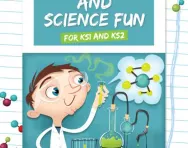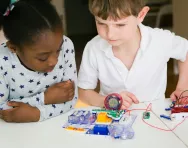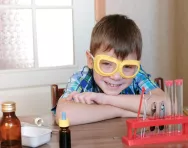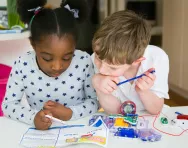Important update from TheSchoolRun
For the past 13 years, TheSchoolRun has been run by a small team of mums working from home, dedicated to providing quality educational resources to primary school parents. Unfortunately, rising supplier costs and falling revenue have made it impossible for us to continue operating, and we’ve had to make the difficult decision to close. The good news: We’ve arranged for another educational provider to take over many of our resources. These will be hosted on a new portal, where the content will be updated and expanded to support your child’s learning.
What this means for subscribers:
- Your subscription is still active, and for now, you can keep using the website as normal — just log in with your usual details to access all our articles and resources*.
- In a few months, all resources will move to the new portal. You’ll continue to have access there until your subscription ends. We’ll send you full details nearer the time.
- As a thank you for your support, we’ll also be sending you 16 primary school eBooks (worth £108.84) to download and keep.
A few changes to be aware of:
- The Learning Journey weekly email has ended, but your child’s plan will still be updated on your dashboard each Monday. Just log in to see the recommended worksheets.
- The 11+ weekly emails have now ended. We sent you all the remaining emails in the series at the end of March — please check your inbox (and spam folder) if you haven’t seen them. You can also follow the full programme here: 11+ Learning Journey.
If you have any questions, please contact us at [email protected]. Thank you for being part of our journey it’s been a privilege to support your family’s learning.
*If you need to reset your password, it will still work as usual. Please check your spam folder if the reset email doesn’t appear in your inbox.
Simple science activities to try today
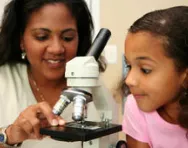
Helping children to acquire language, maths and creative skills tends to come easily to parents, but science is another story. Many of us didn’t do well at science at school, so we feel we might struggle to share our (limited) knowledge. But never fear, you can easily bring science to life at home.
A great hub for home-science explorations, packed with videos and free guides to exploring chemistry and physics with children, is the Royal Institution's ExpeRiment site.
Experiments to try at home


Download fantastic science resources today!
- Experiments And Science Fun pack
- Science Learning Programme for each school year
- All the instructions, questions and information you need
Make a Feely Book
- Card – A4, you could fold each sheet in half to give you four separate A5 pages.
- Scraps of fabric, paper, foil, card – anything you can find.
- Glue – PVA (often called 'school glue' in shops).
- Gather all the scraps of material together and talk about them. What colour are they? What different textures are there and how do they feel? Are some materials heavy or light, thick or thin?
- Talk about what the different materials would be good for. Is there some plastic that would be good as an umbrella or coat?
- Draw some simple pictures on the card – big and simple ones are best.
- Help your child to select the best materials to stick on each picture.
- You could write words about colour, texture and what the materials are used for on each page.
- Put the finished product with your child’s other books to show that the things you create together are just as valuable as those bought in shops.
Make an egg bounce
The science behind this experiment is explained in the free ExpeRimental factsheet; the acid in liquids like orange juice and vinegar reacts with eggshells and make them dissolve, leaving the inside of the egg intact.
Grow your own cress
- Cress seeds
- Damp kitchen paper
- Two plates or saucers (or two lids from margarine tubs)
- Sprinkle the seeds on to some damp kitchen roll placed on two plates. Keep one plate on the windowsill and put the other plate into a dark cupboard. Water both plates regularly to keep them damp.
- Once the cress has grown (it only takes a few days) have a look at the differences between the two plates. Discuss how the cress grown in the dark is yellow/brown in colour and bending to try and find some light. This shows that the seeds need water and sunlight to grow.
- Put the plate of cress from the cupboard onto the windowsill and continue to water it and see what happens to it now that it’s in the sunlight.
- Use the cress you grew on the windowsill to make sandwiches. Use this as an opportunity to talk about favourite foods and to explore the different shapes you can cut sandwiches into (try squares and triangles, but also make use of some biscuit cutters).
Make a flame jump through the air
A downloadable guide to this experiment, which helps children understand the chemistry of why a candle burns, is available on the ExpeRimental webiste.
